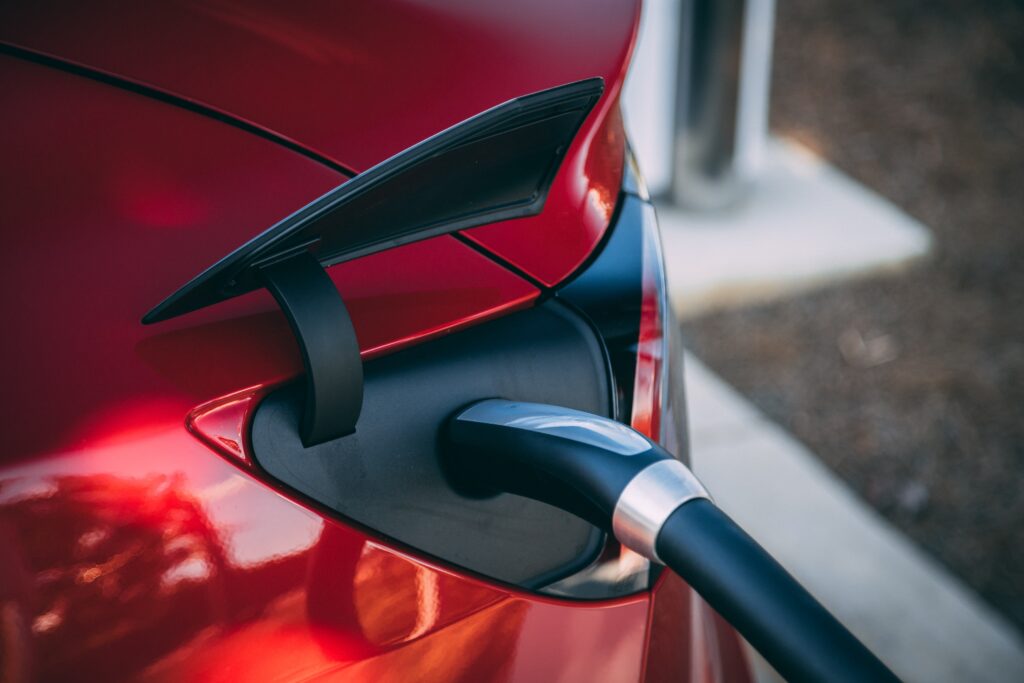The new technology can be used in energy storage and in the production of synthetic fuels and green chemicals.
The researchers ofPolytechnic University of València (UPV) and Spanish National Research Council (CSIC) they discovered a new technology to transform electricity (including from renewables) into hydrogen or chemicals using only microwaves. It may be a key discovery for the decarbonisation and development of an instant-charge battery.
“A significant aspect nowadays. Both transportation and industry are immersed in a transition towards decarbonization and electrification. We need to achieve very important objectives in 2030 and 2040 to reduce the consumption of energy and substances from fossil sources, mainly gas and oil", says Prof. Jose Manuel Serra, researcher of Chemical Technology Institute (ITQ).

Hydrogen from renewables: less costs, less time
This new method significantly reduces capital costs by allowing electrochemical processes to be carried out without the need for electrodes - but this is not its greatest utility.
We will be able to transform renewables, typically of solar or wind origin, into hydrogen, value-added products and green fuels.
“It has countless uses and we hope that new uses will emerge for the energy storage and process industry by tuning the composition of materials and operating conditions,” he says José Manuel Catalá, researcher at the ITACA Institute of the UPV.
Instant recharge battery

Another of its applications is quite popular: ultra-fast battery charging. The new technology could also allow the development of an instant battery, which recharges in seconds.
Catalá explains it like this: “Our technology could allow a practically instantaneous reduction (electron injection) of the electrode (metal anode) that stores energy.”
What does that mean, in a nutshell? It means moving from a layer-based progressive (2D) charge, which can take hours, to a simultaneous charging process. A process that takes the entire volume of material (3D), reducing the charging time to a few seconds.


